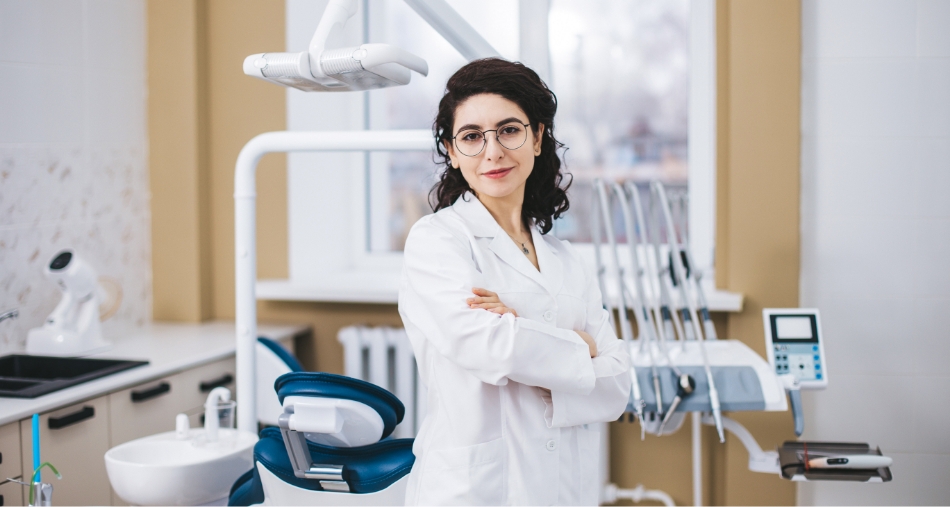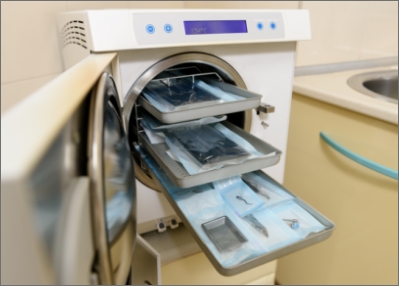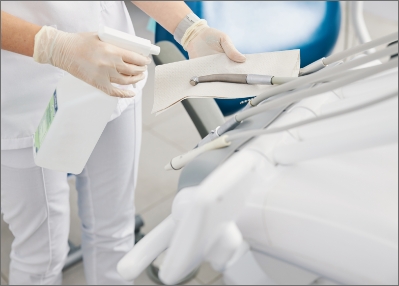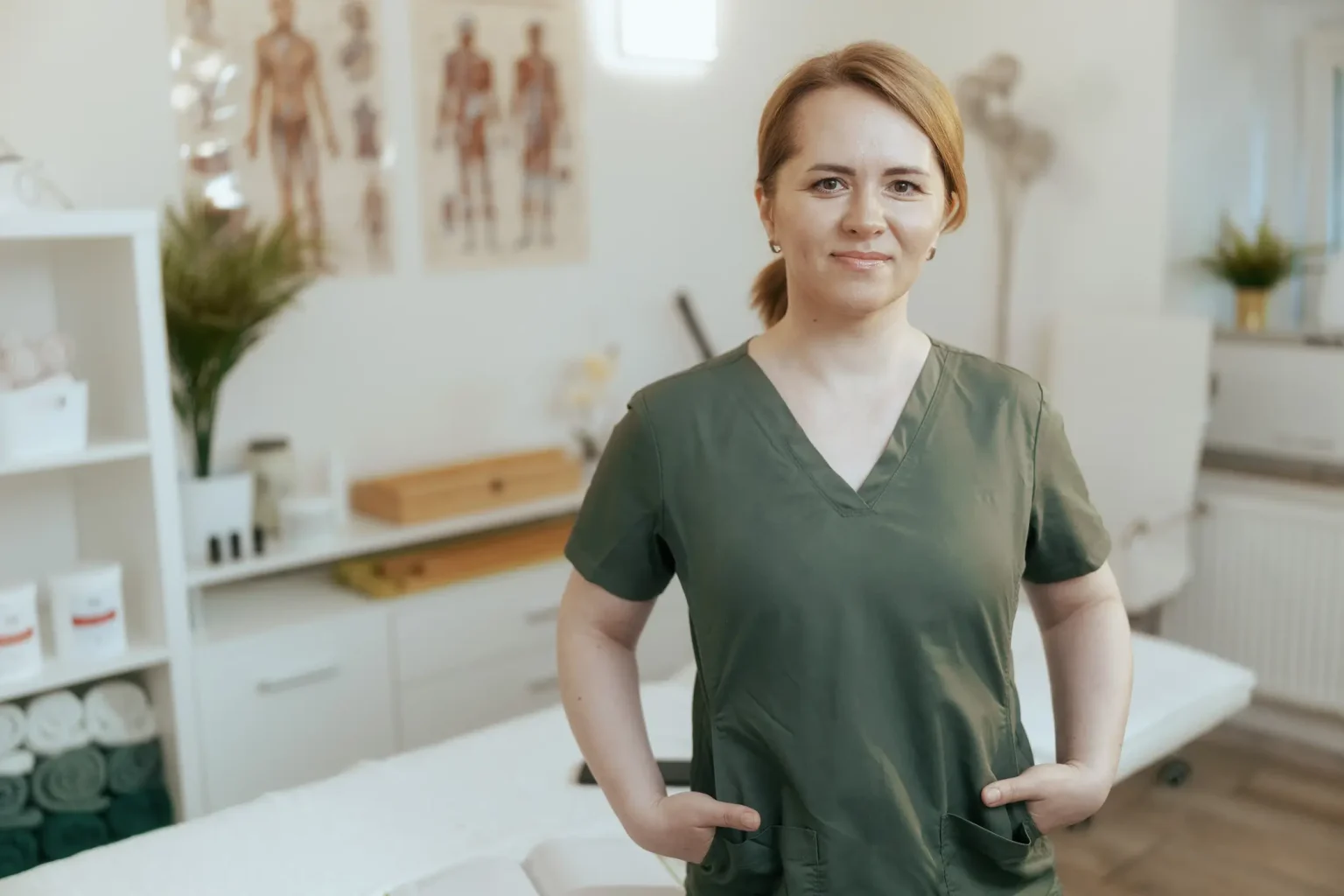Discover the Program Right for You!
Start Your Path to Success!
Healthcare Pathway Spotlight:
Sterilization, Sanitation, Disinfection

What is Infection Control?
Dental assistants safeguard patient health by ensuring the office environment is clean. Instruments and dental equipment harbor dangerous pathogens if improperly sanitized; even a waiting area can spread common infections.
Dentist’s offices can harbor dangerous pathogens. Dental assistants implement infection control measures to keep patients safe from unseen microbes. This includes sanitizing treatment rooms between visits and sterilizing instruments to ensure a hygienic environment.
The term “infection control” refers to procedures that minimize the risk of infections in healthcare settings. Only three things are required for infections to occur:
1) A SOURCE
A reservoir for germs exists wherever conditions are favorable for their growth. Examples in a dental office include dental instruments, human mouths, and skin.
2) A HOST
A host is a person vulnerable to infection. In a dental office, that includes patients and staff.
3) A MODE OF TRANSMISSION
For germs to cause infections, they must move from the reservoir to the host. Pathogens in a dental office can travel by instruments, skin, and body fluids, including saliva and respiratory droplets. Universal infection control protocols prevent the spread of disease by creating barriers between sources and hosts and eliminating transmission modes.
What is Infection Control?
Dental assistants safeguard patient health by ensuring the office environment is clean. Instruments and dental equipment harbor dangerous pathogens if improperly sanitized; even a waiting area can spread common infections.
Dentist’s offices can harbor dangerous pathogens. Dental assistants implement infection control measures to keep patients safe from unseen microbes. This includes sanitizing treatment rooms between visits and sterilizing instruments to ensure a hygienic environment.
The term “infection control” refers to procedures that minimize the risk of infections in healthcare settings. Only three things are required for infections to occur:
1) A SOURCE
A reservoir for germs exists wherever conditions are favorable for their growth. Examples in a dental office include dental instruments, human mouths, and skin.
For germs to cause infections, they must move from the reservoir to the host. Pathogens in a dental office can travel by instruments, skin, and body fluids, including saliva and respiratory droplets. Universal infection control protocols prevent the spread of disease by creating barriers between sources and hosts and eliminating transmission modes.


What is Infection Control?
Dental assistants safeguard patient health by ensuring the office environment is clean. Instruments and dental equipment harbor dangerous pathogens if improperly sanitized; even a waiting area can spread common infections.
Dentist’s offices can harbor dangerous pathogens. Dental assistants implement infection control measures to keep patients safe from unseen microbes. This includes sanitizing treatment rooms between visits and sterilizing instruments to ensure a hygienic environment.
Find the program that’s right for you

As a massage therapist, you enjoy the satisfaction of contributing to a person’s health and well-being. However, it is important to note that being a massage therapist requires strength, dexterity, […]

Are you interested in legal work but don’t want to attend University for 6 to 8 years to become a lawyer? The good news is that you have options. Becoming […]
We are here for you! Check out our resources below or Contact Us Today!
start your journey With Gwinnett today!
Call Us Today or Complete The Form at the Top of The Page to Take the Next Step Toward Your New Career!

Gwinnett
Colleges & Institute
Gwinnett Colleges and Institute cannot guarantee employment or a minimum starting salary upon graduation; however, placement assistance is available upon successfully completing the selected program.
For state authorization and accreditation information, please refer to the location page associated with the campus you are interested in.
Disclosures and Catalogs
For Consumer Information, Disclosures, and Course Catalogs, please click the above link.
Sources and related content